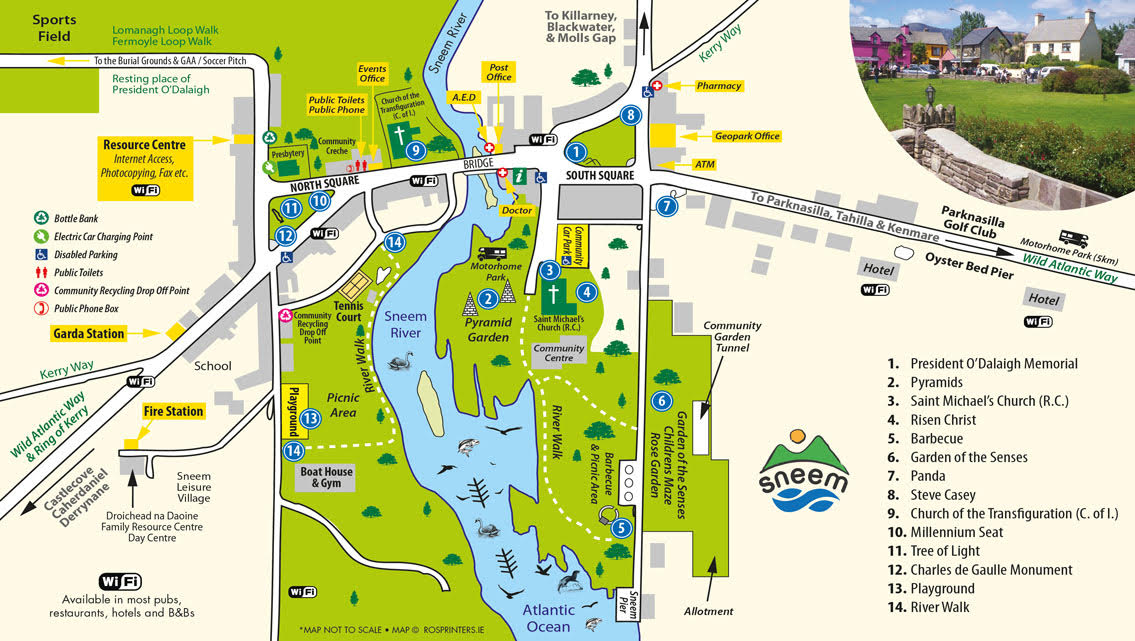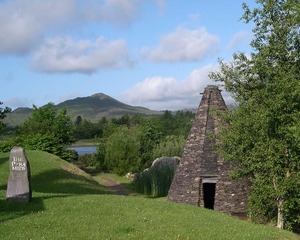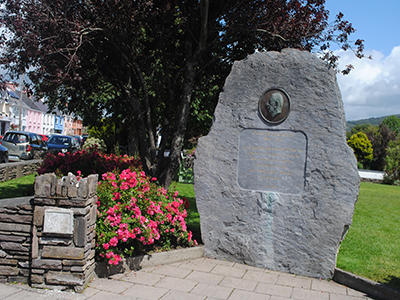Scots Pine (Pinus sylvestris) is one of Ireland’s three native conifers along with Juniper and Yew. Pollen found in soil samples indicate the existence of Scots Pine forests in Ireland 9,500 years ago following glacial retreat. We can estimate it has thrived two or three times since the last ice age in land which is now blanket bog.
In past centuries of changing climates these wetlands would have undergone dry periods sufficient for forests to thrive. When rainfall increased and these forests succumbed to wetlands once more certain more durable woods didn’t decay and instead remained preserved in the anaerobic environment of the bog. This results in the particular bog preserved wood often found today such as bog oak, bog yew and in the case of Scots Pine: bog deal the wood this sculpture has been wrought from. Scots Pine has proven to be a useful resource as it provides long straight trunks for building; often used as roof timbers, lintels or beams. A characteristic that sets Scots Pine aside is its resonance and it has historically been used as the soundboard for harps.
Continue reading “Scots Pine Sculpture”







